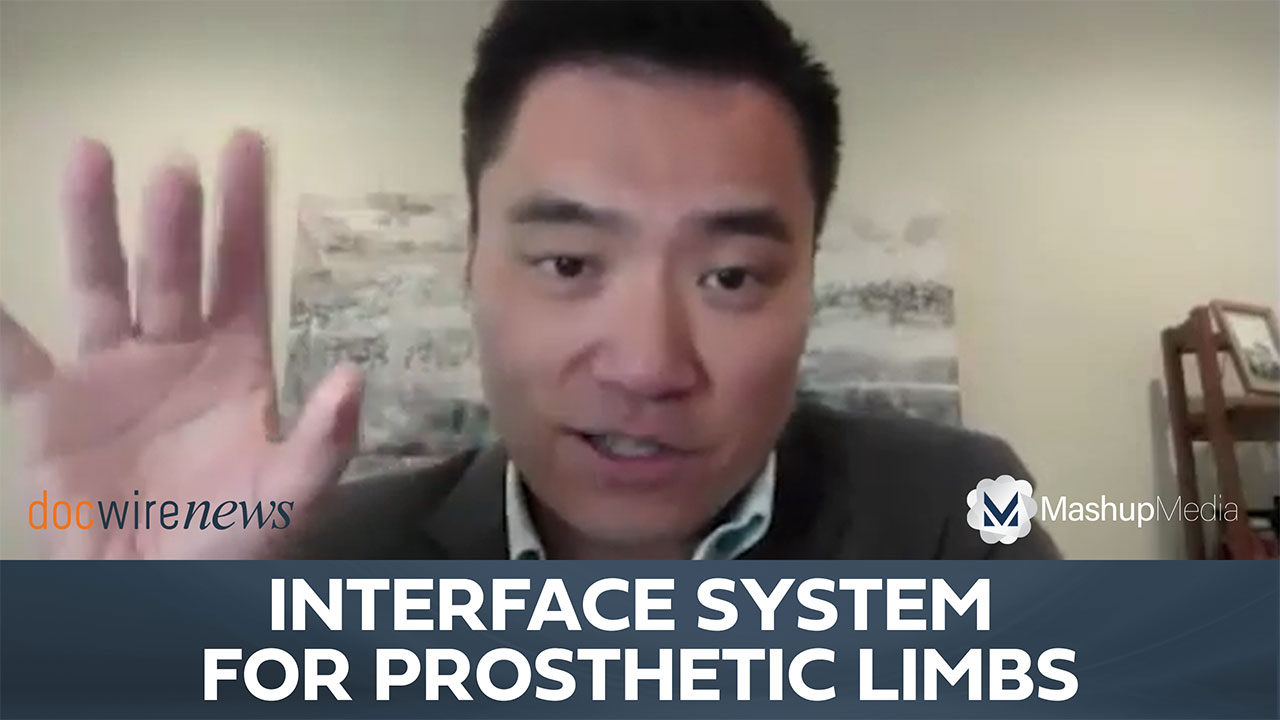
Researchers from Intermountain Healthcare and Stanford University have recently evaluated an artificial intelligence (AI) platform that can analyze chest X-rays of a potential pneumonia patient in 10 seconds. This tool greatly facilitates a process that typically takes 20 minutes and has the potential to enable more accurate and prompt pneumonia diagnosis. The team’s findings were presented at the European Respiratory Society’s International Congress 2019 on September 30.
By speeding up the analysis of chest X-rays and the administration of a treatment plan, this AI system could significantly improve the management of patients with pneumonia. In their work, these Intermountain and Stanford scientists used an AI interpretation model to evaluate chest X-ray images taken from several emergency departments at Intermountain hospitals in Utah. This technology, known as the CheXpert system, was developed at Stanford University.
This research found that CheXpert accurately identified key findings of these X-ray images, with the AI analysis being consistent with those of three radiologists. CheXpert was able to do so in only 10 seconds, which is a significant improvement from current clinical practice.
“CheXpert is going to be faster and as accurate as radiologists viewing the studies,” said principal investigator Nathan C. Dean, MD. “It’s an exciting new way of thinking about diagnosing and treating patients to provide the very best care possible.” Dean is also the section chief of pulmonary and critical care medicine at Intermountain Medical Center in Salt Lake City.
Current Chest X-Ray Analysis
It is a typical protocol for patients suspected of having pneumonia to receive a chest X-ray in the emergency department. Although this imaging process requires little time, it can take radiologists 20 minutes or more to analyze each image.
At Intermountain hospitals, radiology reports are out through the Cerner Natural Language Processing (NLP), a support tool that extracts key information from the radiologist’s report. This NLP interpretation feeds into ePNa, an electronic clinical decision support tool used at Intermountain. At emergency departments without ePNa, CheXpert could quickly provide this useful information from chest X-rays to the physician.
“Using the CheXpert system, we found the interpretation time was very swift and the accuracy of the report to be very high,” said Dean.
The CheXpert AI System
The Stanford Machine Learning Group created CheXpert using 188,000 chest imaging studies. These images, taken from the Stanford Medical Center in Palo Alto, California, were used to train the model to identify pneumonia characteristics on an X-ray. To account for differences in patient populations between California and Utah, an additional 6,973 images from Intermountain emergency departments were used to train CheXpert.
“We’ve been developing a deep learning algorithm that can automatically detect pneumonia and related findings in chest X-rays,” said researcher Jeremy Irvin, a PhD student at Stanford. “In this initial study, we’ve demonstrated the algorithm’s potential by validating it on patients in the emergency departments at Intermountain Healthcare. Our hope is that the algorithm can improve the quality of pneumonia care at Intermountain, from improving diagnostic accuracy to reducing time to diagnosis.”
Background of the Intermountain Study
In their study, the researchers had Intermountain radiologists characterize chest images from 461 patients as being likely, likely-uncertain, or unlikely to have pneumonia. These trained professionals were also asked to identify images that displayed pneumonia in multiple regions of the lung and whether patients had a fluid buildup between the lungs and the chest wall (parapneumonic effusion).
The three radiologists disagreed on their diagnoses in over half the patients, which was consistent with previously observed trends. It was also found that the AI system not only made comparable interpretations to those of radiologists but that it outperformed the current system involving a radiologist and NLP as well. Furthermore, CheXpert did so in under 10 seconds, whereas the NLP can take 20 minutes to an hour. The most common cause of errors in ePNa arose from NLP of radiology reports.
“A 2013 study published in JAMA Internal Medicine found that 59 percent of errors made by ePNa were due to NLP processing of radiologist reports, so we’re eager to replace it with a better, faster system,” claimed Dean.
Dean feels that the next step for CheXpert is implementation in the real emergency department setting. He believes that the AI platform will make its debut in Intermountain Healthcare hospitals this coming fall.
@itnEditor Study promises faster treatment of emergency department patients suspected of having pneumonia: https://t.co/L8U2MWdaWw#ArtificialIntelligence #CheXpert
— ITN Editor (@itnEditor) October 1, 2019







 © 2025 Mashup Media, LLC, a Formedics Property. All Rights Reserved.
© 2025 Mashup Media, LLC, a Formedics Property. All Rights Reserved.